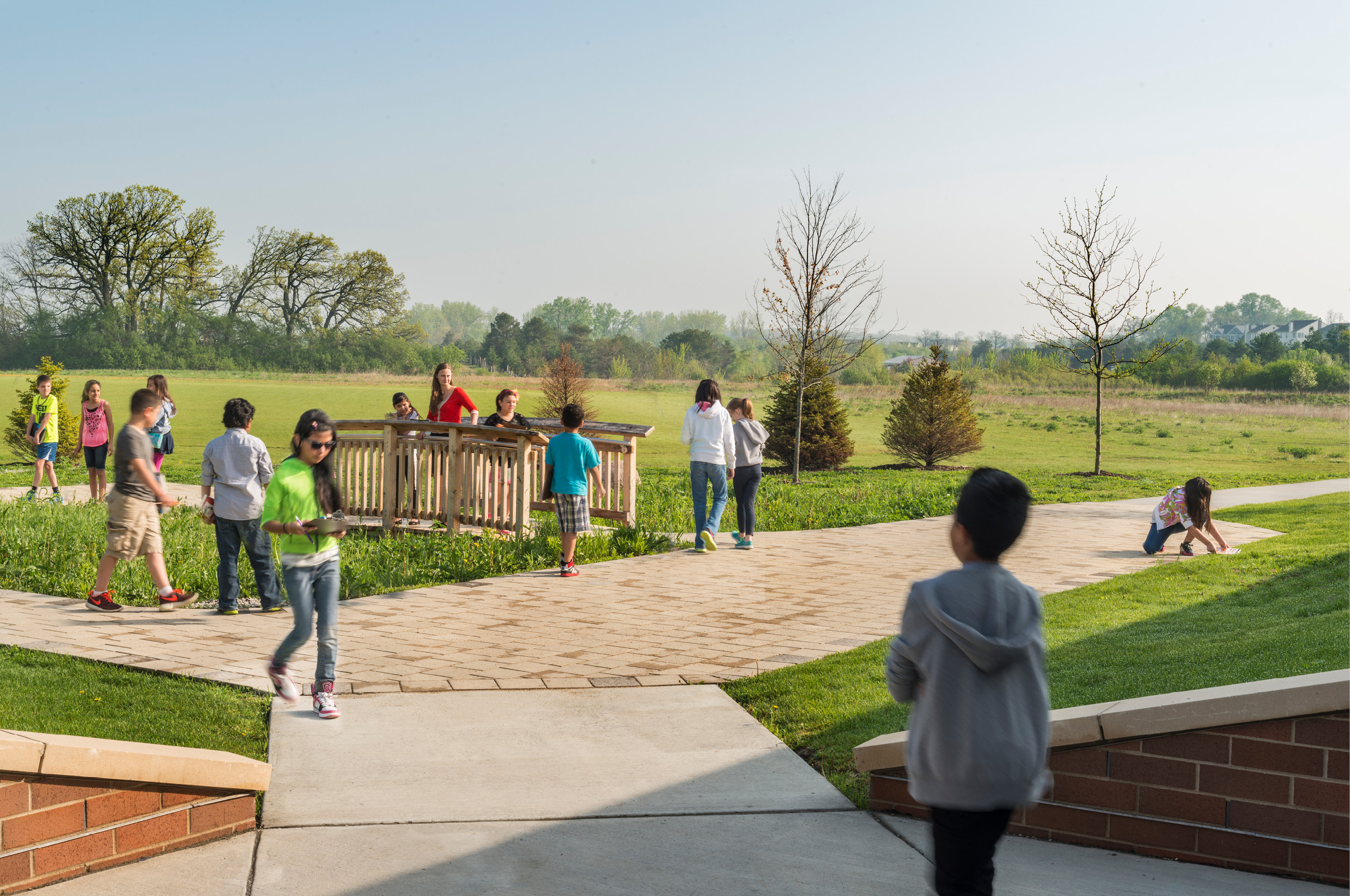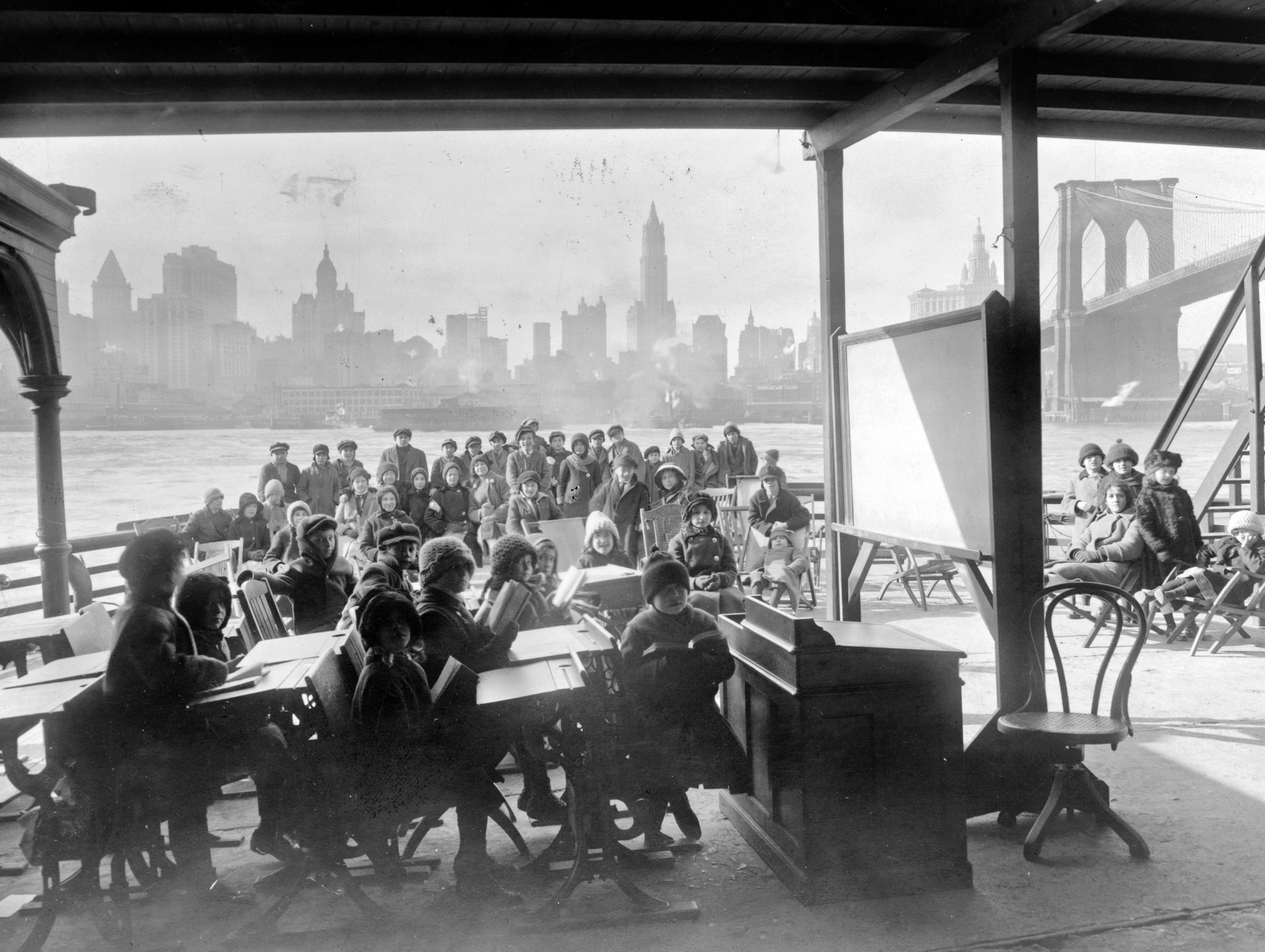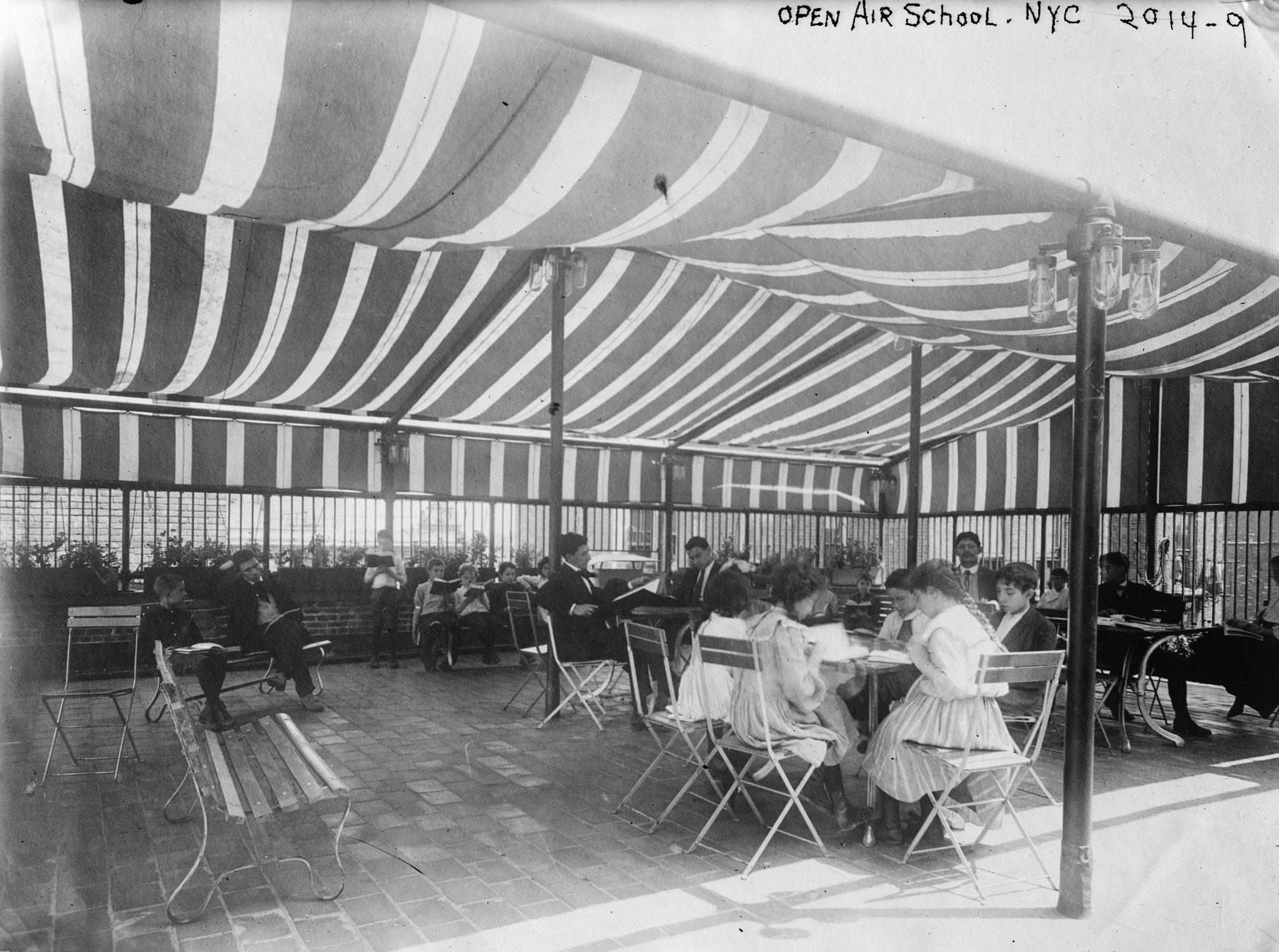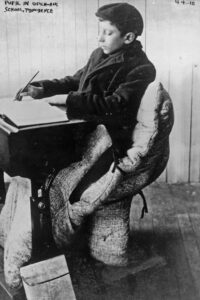Insights
Embracing Outdoor Learning Environments
By Ernso Brown
Amidst COVID-19 we have been forced to change the way we view our lives, education, and even the way we engage in the act of play. Schools across the United States are adapting to a new normal for the 2020-21 school year. And with student and teacher safety top of mind, there is no better time to embrace the idea of outdoor learning.
Many schools are troubled with one small fact: there is a growing body of research showing evidence of uneven access to distance learning. Thus, many school districts are discussing how to take classroom learning outdoors, in hopes of mitigating the loss of hands-on educational experiences. Outdoor education has the opportunity to be a more sustainable alternative to the various distance learning programs districts have tried.

An open air approach is favorable to districts because it allows students to maintain the six feet buffer space needed to properly mitigate the spread of COVID-19, while keeping the benefits of in-person instruction. Districts have expressed above all else that they seek to provide a safe learning environment for their students if they’re to return back to the classroom.Taking to the outdoors might just be the answer they’ve been looking for. A look back at the history of open air classrooms can inform our current education environments.
Past Open Air Classroom Success
In the early 20th century another pandemic swept America. Tuberculosis ravaged cities, taking a particular and often fatal toll on the poor, young and the elderly. Two Rhode Island doctors in 1907, Ellen Stone and Mary Packard, had a miraculous yet simple idea of how to mitigate the transmission of tuberculosis among children. Stone and Packard, following education trends in Germany, proposed making an open-air classroom in New England.

In the end, open air classrooms were a success by nearly every measure. None of the students within the experiment got sick and their academic performance significantly improved. Within two years of the experiment 70 open air schools around the country.
Outdoor classrooms can and should be established wherever the sky can be seen and felt. Stone and Packard’s open air classroom sets the precedent for what we as a nation are facing today. Our children shouldn’t be forced to learn from a distance when we have so many outdoor environments which can be converted into viable open air classrooms. One of the few things we know about the coronavirus with any degree of certainty is that the risk of contracting the virus diminishes outside. A review of 7,000 cases in China recorded only one instance of fresh air transmission, which is believed to have been contracted through close contact.

Starting Your Open Air Classroom
School districts are starting to evaluate each site within their districts – taking count of the amount of open air spaces each school property has available. As we see from Stone and Packard, some of the best open-air classrooms consist of very little structure. Sometimes a simple shelter that’s open on all four sides or one side is sufficient. The main purpose of an open air classroom is to provide fresh and non-contaminated air to the individuals within the lecture.
Protection from the Elements
The second most important thing to remember when selecting and or designing an open air classroom is the security of the students. Stone and Packard understood this and took precautions in order to mitigate the level of risk to each student. Stone and Packard achieved this by providing protective gear for the harsh Providence winter the students endured that school year.

Likewise, school districts will need to provide protection from seasonal elements when considering outdoor classrooms. Stone and Packard’s students stayed warm in their open-air classroom by using wearable blankets known as “Eskimo sitting bags”, wearing toboggans and placing heated soapstones at the children’s feet. Midwestern schools can look to incorporate small space heaters and heated stone paving within their existing or proposed outdoor spaces. The incorporation of heated surfaces will aid in keeping the students warm during the colder months and adds a modern touch to Stone and Packard’s original method.
Increase Outdoor Technology Access
In today’s classroom technology plays a large part on the education of our youth, thus, WiFi access is critical and must be provided within each open-air environment. This can be achieved by establishing portable WiFi hotspots within the existing or proposed open air environment. Any outdoor space which provides the minimum 6 feet buffer space, and which provides protection from the elements, will work when establishing an open air classroom.
Smart Schools Roundtable: May Session Ohio
ByFor the May session of Fanning Howey’s Smart Schools Roundtable, we heard from two separate speakers for Indiana and Ohio. For Ohio, education consultant Paul Pendleton spoke about the future of Ohio schools in a
Full ArticleSmart Schools Roundtable: May Session Indiana
ByFor the May session of Fanning Howey’s Smart Schools Roundtable, we heard from two separate speakers for Indiana and Ohio. For Indiana, Barnes and Thornburg Partner Jeff Qualkinbush returned to discuss the Indiana legislative session
Full ArticleSmart Schools Roundtable: HVAC Indoor Air Quality
ByFor the April session of Fanning Howey’s Smart Schools Roundtable, we heard from ASHRAE Distinguished Lecturer David Schurk on how HVAC systems can improve and maintain indoor air quality to promote healthy learning environments. David
Full Article